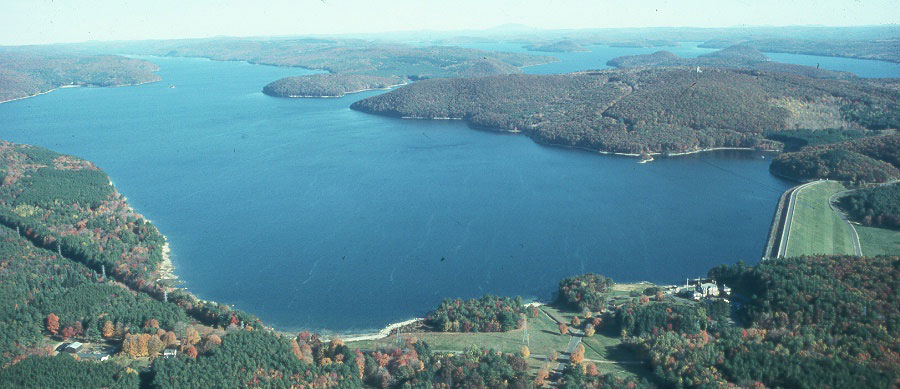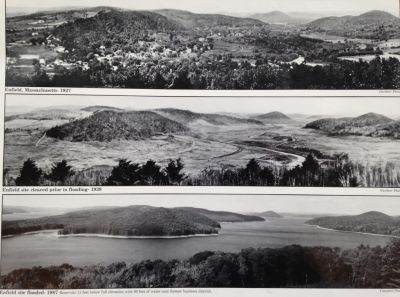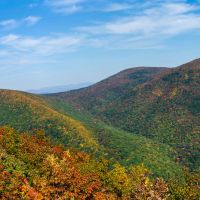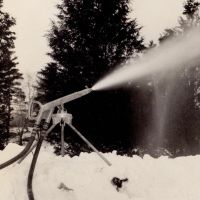Primary Source
Under circumstances as dramatic as any in fiction or in a movie epic, the town of Enfield passed out of existence at the final stroke of the midnight hour.
A hush fell over the Town Hall, jammed far beyond its ordinary capacity, as the first note of the clock sounded; a nervous tension growing throughout the evening had been felt by both present and former residents and casual onlookers.
The orchestra, which had been playing for the firemen's ball throughout the evening, faintly sounded the strain of Auld Lang Syne…muffled sounds of sobbing were heard, hardened men were not ashamed to take out their handkerchiefs.
The Springfield Morning Union quoted in Quabbin: The Accidental Wilderness, by Thomas Conuel (Massachusetts Audubon Society, 1981).







